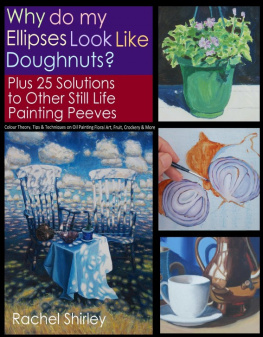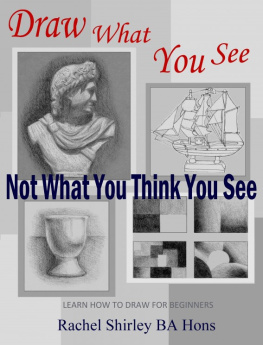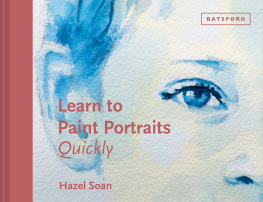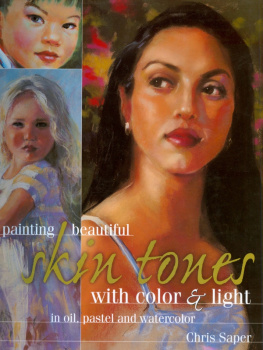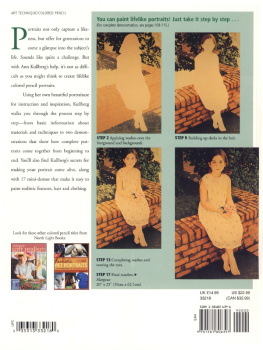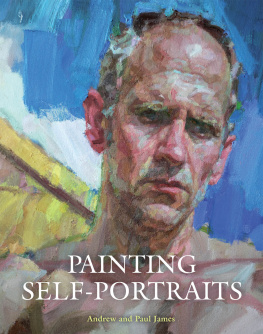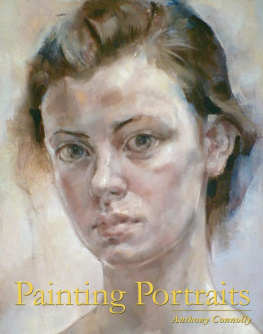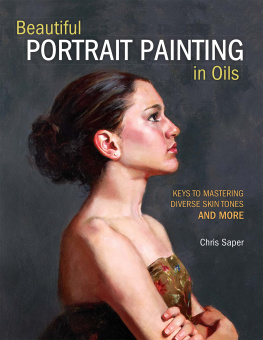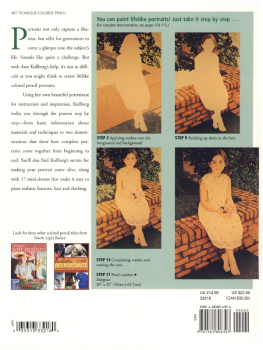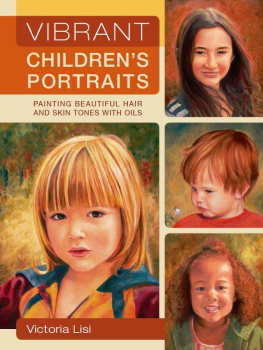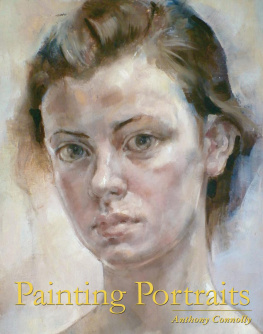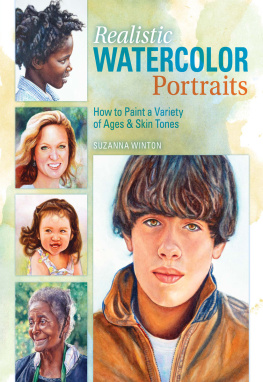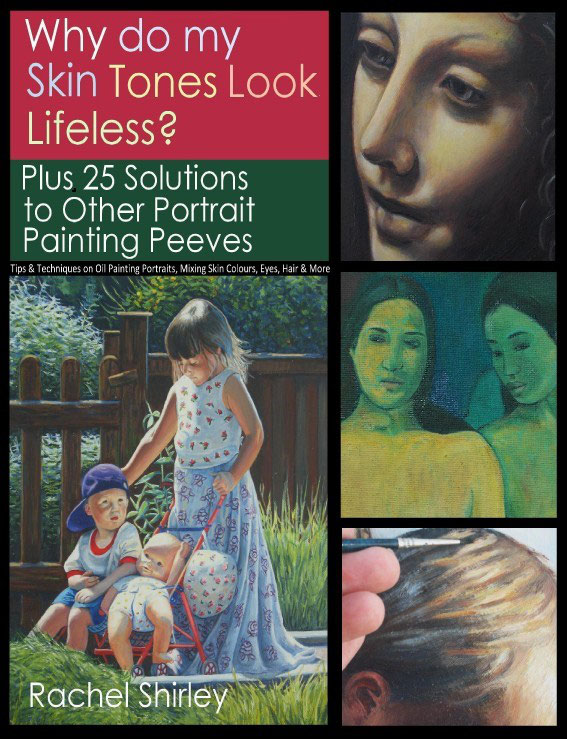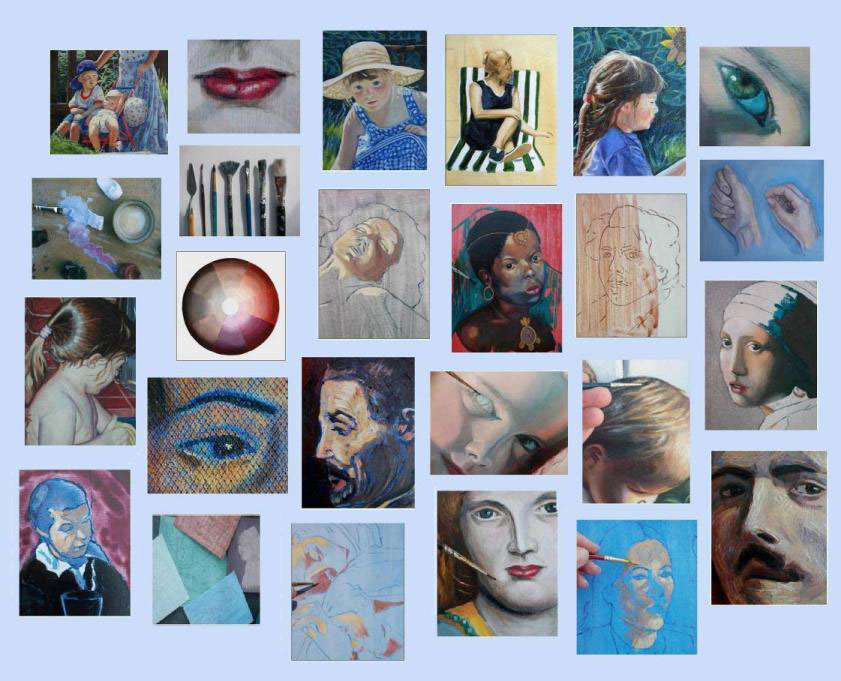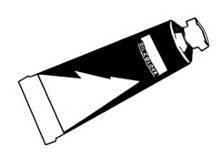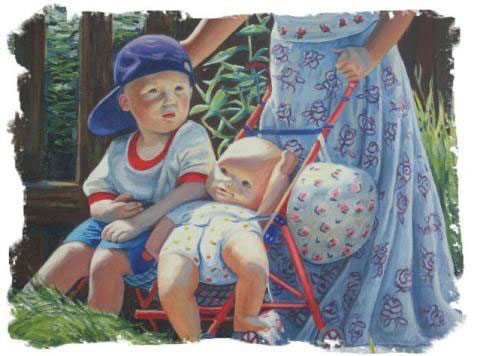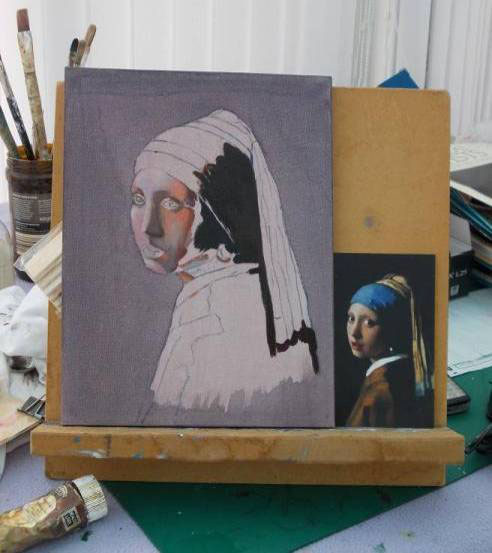Rachel Shirley - Why do My Skin Tones Look Lifeless? Plus 25 Solutions to Other Portrait Painting Peeves: Tips and Techniques on Oil Painting Portraits, Mixing Skin Colours, Eyes, Hair and More
Here you can read online Rachel Shirley - Why do My Skin Tones Look Lifeless? Plus 25 Solutions to Other Portrait Painting Peeves: Tips and Techniques on Oil Painting Portraits, Mixing Skin Colours, Eyes, Hair and More full text of the book (entire story) in english for free. Download pdf and epub, get meaning, cover and reviews about this ebook. year: 2012, publisher: Oil Painting Medic, genre: Art / Computer. Description of the work, (preface) as well as reviews are available. Best literature library LitArk.com created for fans of good reading and offers a wide selection of genres:
Romance novel
Science fiction
Adventure
Detective
Science
History
Home and family
Prose
Art
Politics
Computer
Non-fiction
Religion
Business
Children
Humor
Choose a favorite category and find really read worthwhile books. Enjoy immersion in the world of imagination, feel the emotions of the characters or learn something new for yourself, make an fascinating discovery.

- Book:Why do My Skin Tones Look Lifeless? Plus 25 Solutions to Other Portrait Painting Peeves: Tips and Techniques on Oil Painting Portraits, Mixing Skin Colours, Eyes, Hair and More
- Author:
- Publisher:Oil Painting Medic
- Genre:
- Year:2012
- Rating:4 / 5
- Favourites:Add to favourites
- Your mark:
Why do My Skin Tones Look Lifeless? Plus 25 Solutions to Other Portrait Painting Peeves: Tips and Techniques on Oil Painting Portraits, Mixing Skin Colours, Eyes, Hair and More: summary, description and annotation
We offer to read an annotation, description, summary or preface (depends on what the author of the book "Why do My Skin Tones Look Lifeless? Plus 25 Solutions to Other Portrait Painting Peeves: Tips and Techniques on Oil Painting Portraits, Mixing Skin Colours, Eyes, Hair and More" wrote himself). If you haven't found the necessary information about the book — write in the comments, we will try to find it.
Portrait painting is often seen as the last frontier of representational art as every detail has huge consequences upon whether a portrait looks like the person depicted. The beginner need not venture far before encountering a possible minefield of problems. Common issues might be why a portrait painting looks childish, eyes look like marbles, hair looks like a wig or noses appear skewed.
Such frustrations and many others might be encountered by professional and amateur portraitists alike, whether it is to capture the highlights in eyes or to make skin tones appear three-dimensional. It is all part of learning to paint. If the issue persists, however, the problem is likely to become a creative block in portraiture. This is where this book comes in.
Each issue is tackled candidly and in-depth, consisting of a description of the issue concerned, suggested solutions via the art materials required and painting exercises.
In total, twenty-six common peeves associated with portraiture are tackled within this book. A myriad of other matters relating to portraiture are explained, including suggested pigments to use for ethnic subjects, painting from life, portrait photography and more in total, with over 150 colour images. Sections I and II within the after matter of this book provides two step-by-step demonstrations for first-time explorers of skin tones.
Some of the images within this book can be found in my other Oil Painting Medic Book, Portrait Painting in Oil: Ten Step by Step Guides from Old Masters. Other images have been sourced from my fine art paintings and commissions.
Dimensions of hard copy: 8.5x5.5in and 142 pages with 27,000 words.
My other book on portraiture, Portrait Painting in Oil 10 Step by Step Guides offers in-progress demos on painting old master subjects, such as that from Botticelli, Rossetti, Vermeer, Gauguin and more.
The author has a BA Hons Degree in Fine Art from London as well as a PCET teaching qualification from Warwick.
Rachel Shirley: author's other books
Who wrote Why do My Skin Tones Look Lifeless? Plus 25 Solutions to Other Portrait Painting Peeves: Tips and Techniques on Oil Painting Portraits, Mixing Skin Colours, Eyes, Hair and More? Find out the surname, the name of the author of the book and a list of all author's works by series.

